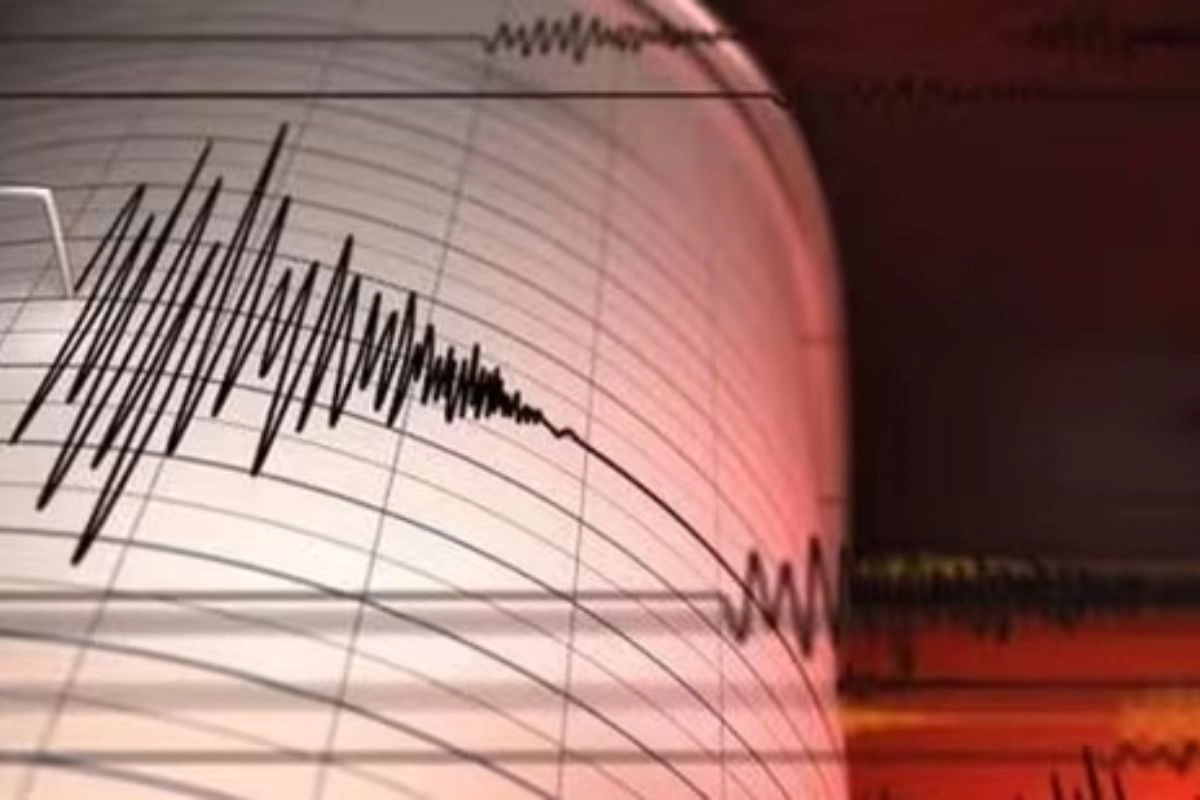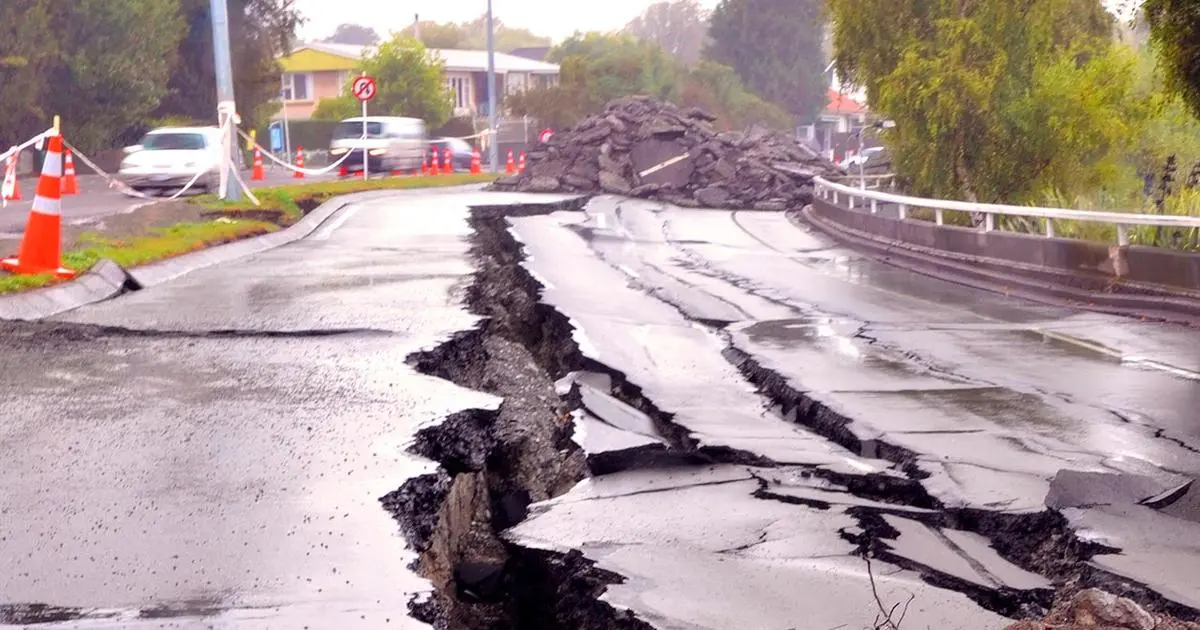Nepal Earthquake: India has had many earthquakes, particularly in the northern regions like Delhi, Ghaziabad, and other towns in the national capital area. Most recently, two consecutive high magnitude earthquakes struck Delhi-NCR.
Tectonic Plates in Motion
The movement of the earth’s tectonic plates, which results in trembling of the planet’s outermost layer, is what causes earthquakes. An earthquake is created when two chunks of the Earth’s surface collide with one another. Because sections of Nepal and India are situated on the boundary (fault zones) of two large tectonic plates, there are frequent earthquakes in these regions. The Himalayas were formed as the Indian plate moved in the direction of the Nepalese plate. Both countries became earthquake-prone due to the collision of the two plates.
A Closer Look at Active Fault Lines
A number of active seismic fault lines are located near Delhi, including the Mathura, Delhi-Moradabad, and Sohna fault lines. The most hazardous area of the Delhi–National Capital Region, however, is Gurgaon, which is located on no fewer than seven fault lines. Since Delhi is situated in the fourth-highest seismic zone out of five, according to the Bureau of Indian Standards, it has always been vulnerable to earthquakes. But as of now, Delhi has never been the epicentre of an earthquake, and it is still improbable that it would happen in the future.
The Importance of Routine Catastrophe Exercises
Kuldeep Singh Gangar, a former special CEO of the Delhi catastrophe Management Authority (DDMA), thinks that more frequent catastrophe exercises are necessary to prepare people for the possibility of a natural disaster. “Despite Delhi being under continuous threat of a potential major earthquake, we are not quite well prepared. The disaster management mock drills should be a routine affair to educate the people when such a natural disaster knocks on our doors. Disaster special forces should be in place to fight such emergencies,” Gangar told indiatoday.in.
Keep watching our YouTube Channel ‘DNP INDIA’. Also, please subscribe and follow us on FACEBOOK, INSTAGRAM, and TWITTER.










